Top 5 Passive Crypto Income Sources

Contents
- Introduction
- Crypto Staking
- Liquidity Provision and Yield Farming
- Dividend-Paying Crypto Tokens
- Crypto Savings Accounts
- Cloud Mining
- Conclusion
Introduction
The cryptocurrency market continues to grow, and more and more people are becoming interested in digital assets. Some buy Bitcoin for the long term, others try trading. But there is another option—earning income without constant involvement. This approach is known as passive income.
Passive income in crypto allows you to earn without staring at charts all day. Once you set everything up, your money works for you. This is convenient for both beginners and experienced users, especially for those who don’t have time for active trading.
In this article, we’ll explore the five most popular methods of generating passive income in cryptocurrency. We’ll explain how each works, outline their pros and cons, and point out what you should consider before starting.
Crypto Staking
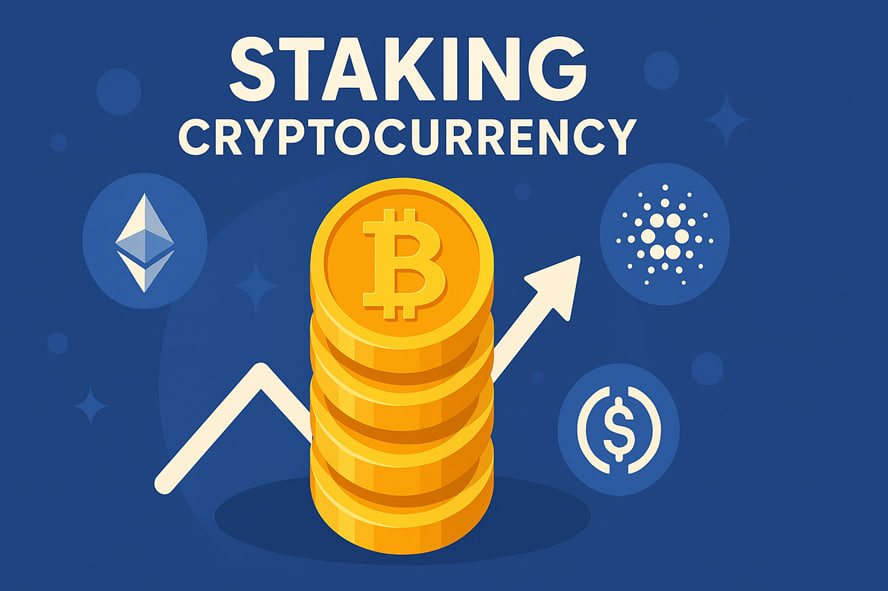
Definition and How It Works
Staking is the process of locking up your coins within a blockchain network. These tokens help maintain the network and validate transactions. In return, the holder receives rewards.
In simpler terms, you “put your coins to work,” and the network pays you interest for supporting it. This method is only available on blockchains that use the Proof of Stake algorithm. The more coins you stake, the higher your potential earnings.
Platforms for Staking: Advantages and Disadvantages
You can stake through a wallet, an exchange, or a dedicated service — each has its features.
On exchanges like Binance or OKX, staking can be started in just a few clicks. There’s no need to set up a node or understand technical details. It’s convenient, but the exchange stores your funds. If something happens to it, you risk losing your assets.
With Trust Wallet or Keplr, you maintain complete control over your coins. It’s more secure but also more complex. You’ll need to choose a validator yourself and monitor network updates.
Examples of Popular Cryptocurrencies for Staking
Many projects offer staking today. One of the most well-known is Ethereum 2.0. After transitioning to Proof of Stake, users can earn rewards simply by staking ETH.
Cardano (ADA) is also popular due to its low entry barrier and simple delegation process.
Potential Returns and Risks
Staking yields can vary. On average, they range from 4% to 12% per year. Some projects offer higher returns, but these often come with increased risk.
The main risks include token price volatility and potential network disruptions. Even high returns may not offset your losses if the token’s value drops significantly. There are also technical risks if you’re selecting validators yourself.
Liquidity Provision and Yield Farming
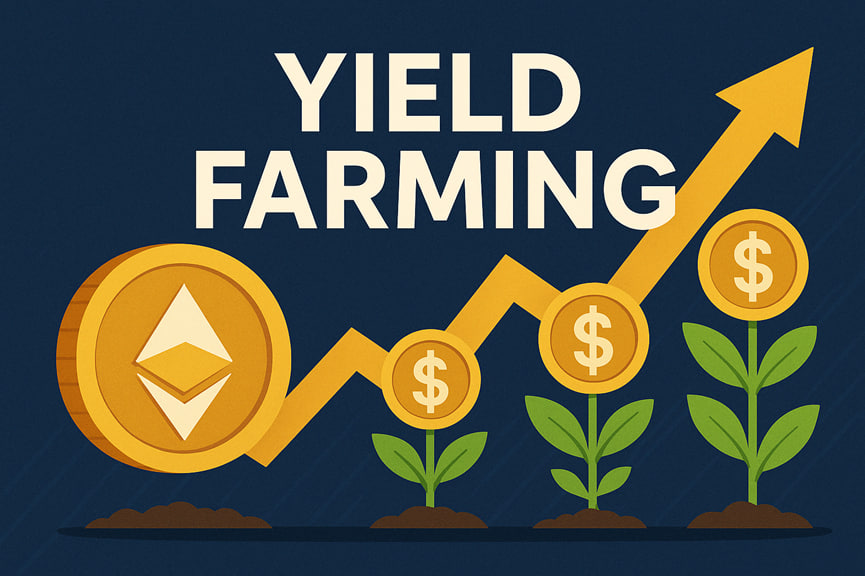
What Is Liquidity and Yield Farming in Crypto
Yield farming is a way to earn from cryptocurrencies via decentralized exchanges (DEXs). It involves providing liquidity, meaning you deposit your tokens into a liquidity pool so others can swap assets quickly.
A liquidity pool is a shared “basket” where people deposit pairs of tokens, such as ETH and USDC. These funds are used for trades, and liquidity providers earn rewards, typically a share of transaction fees and additional tokens from the project.
How to Participate and Platforms Offering Farming
To start farming, visit a DEX like Uniswap, PancakeSwap, or SushiSwap. Choose a pool with a suitable token pair. After depositing your assets, you receive LP (Liquidity Provider) tokens, proving your pool share.
Auto-Farming via Aggregators
Beyond manual farming, there are automated solutions. Platforms like Beefy or Yearn automatically find profitable pools, invest your LP tokens, and reinvest earnings regularly.
This can result in higher returns through auto-compounding. However, such services usually charge a small fee for managing your funds.
Risks and Return Potential
Yield farming can be highly profitable, especially on new platforms offering high incentives. However, it comes with risks. One significant risk is impermanent loss, which occurs when the price of one token in the pair fluctuates significantly. You might have less value upon withdrawal than expected.
There’s also risk associated with smart contracts—bugs or hacks can result in fund loss, and some new or unknown projects may turn out to be scams.
Examples of Popular Liquidity Pools
Top liquidity pools and protocols across blockchains include:
Ethereum:
- The ETH/USDC pool on Uniswap is one of the most stable and widely used.
- Curve and Balancer are also popular, especially for stablecoin and large-asset swaps.
BNB Chain:
- PancakeSwap offers pools like CAKE/BNB and BNB/USDT.
- It’s known for low fees and high liquidity.
Other Networks:
- In the Avalanche ecosystem, Trader Joe is widely used.
- Many other chains have local DEXs with attractive pools and bonuses for liquidity providers.
Dividend-Paying Crypto Tokens
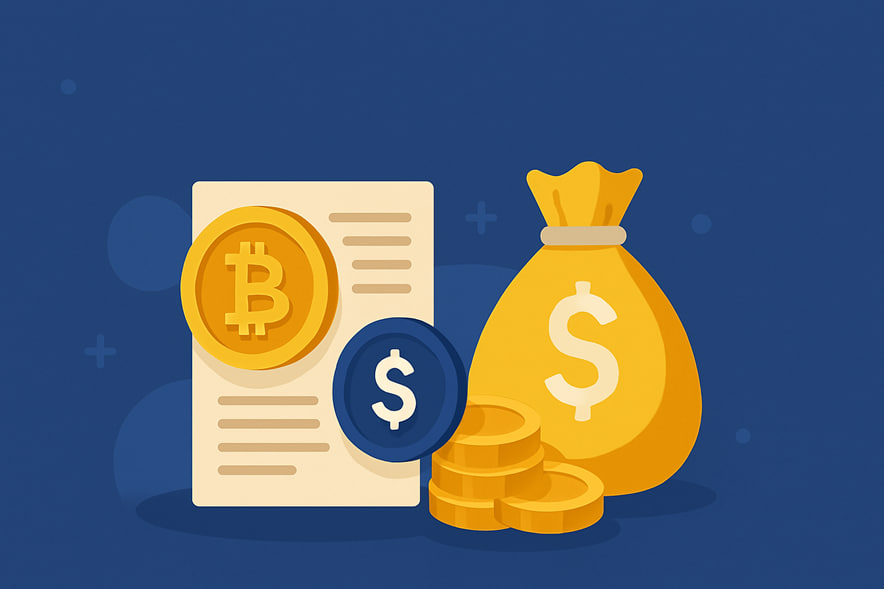
What Are Dividend-Paying Tokens
Some tokens give holders regular income, much like traditional stocks that pay dividends. You simply hold the token in your wallet, and the project distributes a portion of its profits or other tokens to you.
These tokens are typically linked to platforms that generate revenue through fees or other services and share part of their earnings with users.
How They Work and Where to Buy Them
To receive dividends, you need to purchase and hold the token. Sometimes, you must stake or lock the token on a specific platform, via an app or smart contract.
Such tokens can be bought on centralised and decentralized exchanges — including Binance, KuCoin, and Uniswap. Each project has its rules — some pay out automatically, others require manual claiming.
Examples of Dividend Projects
- dYdX: Token holders receive a share of exchange profits if they stake tokens and participate in governance.
- GMX: This platform distributes revenue to users who stake GMX tokens in a dedicated pool.
- KuCoin Shares (KCS): Holders receive daily dividends based on the exchange’s revenue.
Potential Returns and Risks
Returns depend on the project’s profits and the number of tokens in circulation. Average annual yields range from 5% to 20%, but can fluctuate.
The main risk is a decline in token price. Even high payouts may not compensate for losses if the token’s value drops. It’s also essential to assess the project’s credibility to avoid scams or shutdowns.
Crypto Savings Accounts
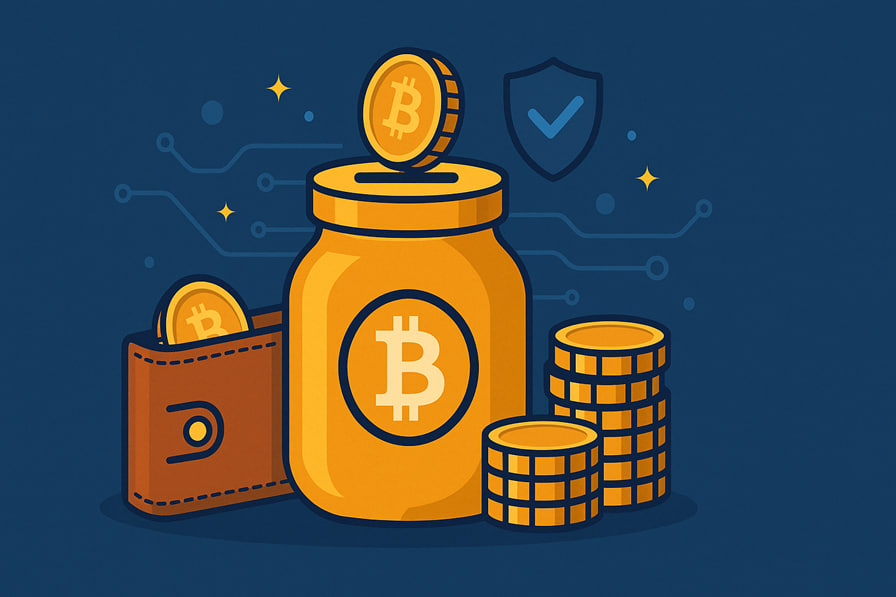
What Are Crypto Deposits
Crypto savings accounts allow you to earn interest simply by storing your assets on a specialized platform. The concept is similar to traditional bank deposits: you lend your funds to the service, which then uses them, for example, by issuing loans to others. In return, you receive a fixed or variable interest rate.
This is a convenient option for those who don’t want to trade or deal with complex strategies but still want passive income from their holdings.
Platforms Offering Crypto Savings
Previously popular platforms like BlockFi and Celsius offered interest on Bitcoin, Ethereum, and stablecoins, but went bankrupt, making users more cautious.
Today, services like Nexo, YouHodler, and Binance Earn offer similar programs. Some even provide insurance or maintain reserves to reduce risk.
Interest Rates and Differences from Traditional Bank Deposits
Crypto interest rates are higher than those of traditional banks. Stablecoins typically yield 5–10% annually, while Bitcoin and Ethereum offer 2–6%. In comparison, bank rates rarely exceed 1–2%.
However, higher returns come with higher risks. Banks are state-regulated, but crypto platforms are not. If a project shuts down or is hacked, funds may be lost.
How to Choose a Reliable Platform and Mitigate Risk
Before depositing, research the platform’s reputation. Read reviews, check who’s behind the project, and how funds are stored. Look for licensed services or those with transparent reserves.
Avoid putting all your funds into one platform. Diversify across multiple services to reduce risk. It’s also wise to periodically withdraw some profits.
Cloud Mining
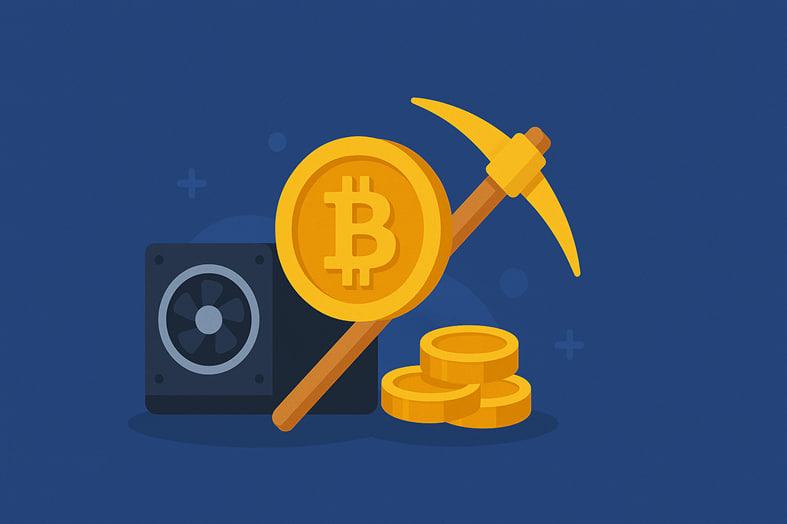
What Is Cloud Mining and Its Benefits
Cloud mining allows you to mine cryptocurrencies without purchasing or setting up your hardware. Instead, you rent hash power from a company that runs mining farms. The service handles all technical aspects — you simply receive a portion of the mined coins.
The most significant advantage is convenience: there is no need to buy expensive equipment or pay electricity bills, and there is no setup, maintenance, or upgrades. It’s a beginner-friendly way to try mining without investing in hardware.
Popular Cloud Mining Platforms
- Genesis Mining is one of the oldest players. It offers Bitcoin and other coin mining contracts. You only need to register, choose a plan, and pay for it to sign up.
- Hashing24 is another remote mining provider offering various packages based on your budget.
- Some exchanges, like Binance, also offer cloud mining, making it easy to start with an existing account easy.
How to Choose a Service, Profitability, and Risks
Before investing, research the platform’s reputation. That could be a red flag if the website promises unrealistically high returns.
Cloud mining returns depend on crypto prices, network difficulty, and electricity costs. Sometimes, returns may be lower than the contract cost. So don’t expect quick profits.
There’s also the risk that a platform might shut down or fail to deliver on its promises. Many such cases have occurred, especially during bull market hype.
Conclusion
Passive income in cryptocurrencies is a real opportunity to earn without constantly being involved in the market. Each method has features, advantages, and risks, from staking and farming to dividend tokens, crypto deposits, and cloud mining. The key is understanding how the chosen tool works and assessing the potential profits and losses.
It’s best to start with trusted platforms and small amounts. Over time, you can gain experience, expand your tools, and optimize your strategy. Remember: even passive income requires attention and basic financial literacy. If approached wisely, crypto can become an interesting asset and a stable source of additional income.